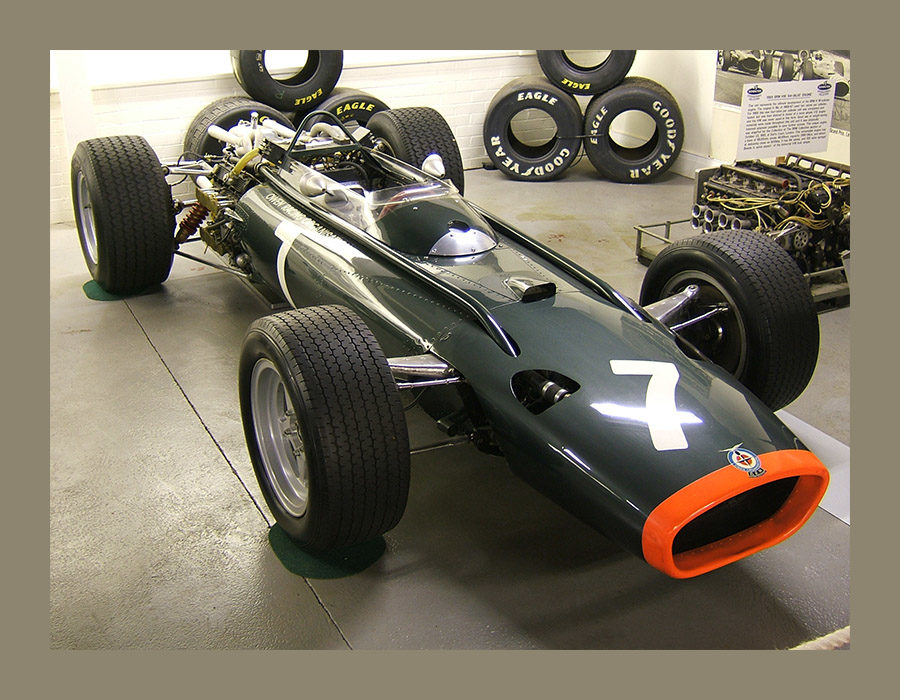E.T. Hone Home
October 22, 2024


“All memorable quotations referring to gearboxes involve expletives.” Peter Wright
The author of Formula 1 Technology, Peter Wright, went to work for Motorsports legend Tony Rudd at BRM straight from university in 1967. Over the next 35 years he remained active in this highest level of motor racing. As a “lifer” in industrial gearing and auto racing fan since boyhood, I found his comment at the start of his chapter on gearboxes to be both informative and amusing. I have blogged before about long lived gear designs such as the Model A Ford based quick change rear axle still used in midget race cars around the world [speed cars south of the equator.] It was very interesting to read of the evolution of Formula 1 gearing to meet the changes in regulations and to meet other non-power related design concerns. The 1967-2002 time period coincides with the transition of industrial gearing from cut or shaved through hardened gears to highly engineered surface hardened and ground gears. For a very short period of time I had a front row seat for this. One of our salesmen got us an opportunity to make transmission gears and clutch dogs for a top level Indy 500 team. By applying aerospace technology [proper alloy selection, great heat treating, high quality tooth grinding, careful modifications, and unique shot peening] we were able to triple the service life of the parts. Any claim, no matter how small, to being part of an Indy 500 win is well worth the effort. Watching those final laps was a bit stressful though if you are a student of racing history and know how late race failures interfere. It was almost a relief when that series shifted to a “spec” gearbox from a single supplier. So Mr. Wright’s quote on gearboxes requiring expletives is “spot on.” Our customer had drivers who could destroy a gearbox with a single missed shift; others never chipped a clutch dog. No wonder much of Formula 1 development was focused on taking driver input out of gear selection. Having assisted in the restoration of an early 1990 F1 trans-axle I am amazed the worst drivers survived “discipline” by their mechanics. The magnesium housings had to be heated in an oven for assembly and dis-assembly; a single bearing replacement or ratio change might take 20 or 30 hours. The need to clear space for down force tunnels prevented the continued use of the “quick change” feature midget and sprint cars still employ.